When you encounter an intriguing trivia question, you may notice you sit up taller and tenser, lean in closer to the screen, or even raise your eyebrows. That’s the power of trivia! A good fun fact is gripping and sparks a curiosity that makes us want to learn more. Trivia activates our sense of wonder and invites us to explore the world in new ways, which is exactly what art education and Youth Art Month are all about.
Turn Youth Art Month into a schoolwide celebration with a trivia competition to get everyone buzzing about the arts!
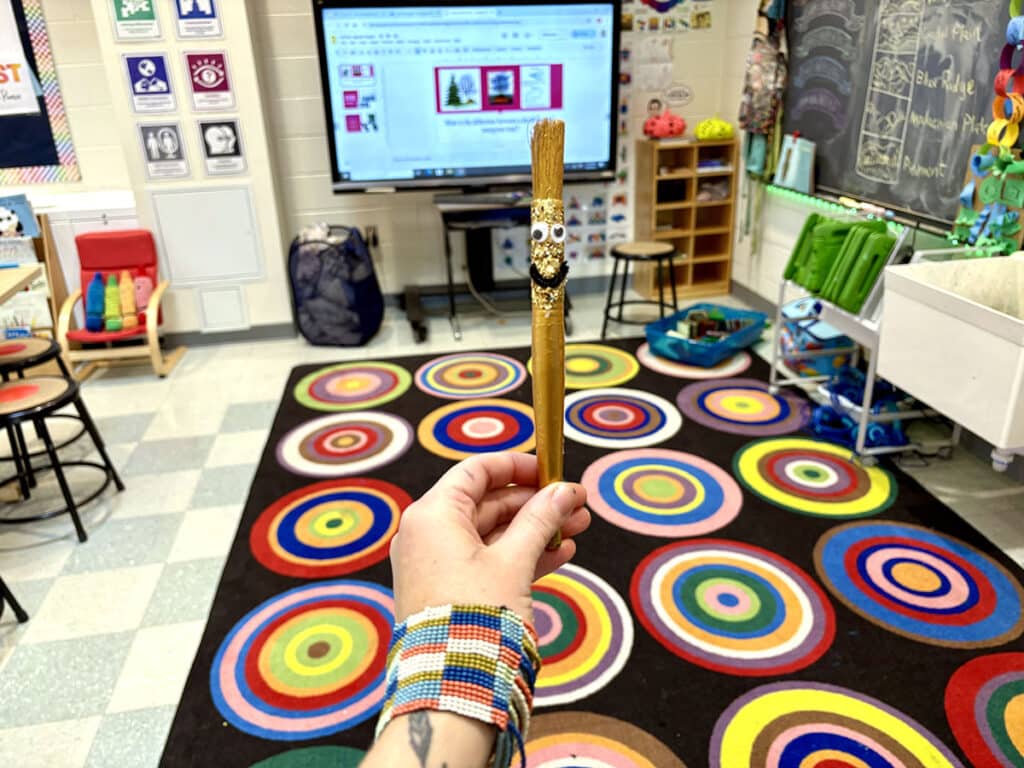
Work with your administration to set the stage for success.
The first step to launching a schoolwide trivia game is to engage your administrators. Share how trivia can foster teamwork and critical thinking while energizing the school community. Connect the benefits for the school to the mission behind Youth Art Month (YAM) to make your case. YAM shines a spotlight on the importance of art in schools. Its mission is to promote observation, problem-solving, creativity, and communication—all of which art trivia supports as well!
Introduce trivia to teachers early to get them involved.
Once your administration is on board, share the idea with your colleagues. Present Youth Art Month Trivia at a staff meeting through a sample game to garner excitement! Explain the format and don’t forget to mention any agreed-upon incentives!
Select a week or month for the school to participate. If you’re doing one week, students will begin each day or first-period class with a trivia question. If you’re doing a month, spread it out to one day each week. Provide pre-populated slides to all staff members with the question of the day. Allow students to discuss and decide on an answer together as a class before the teacher submits the class’s final answer. This setup keeps the activity quick and organized!
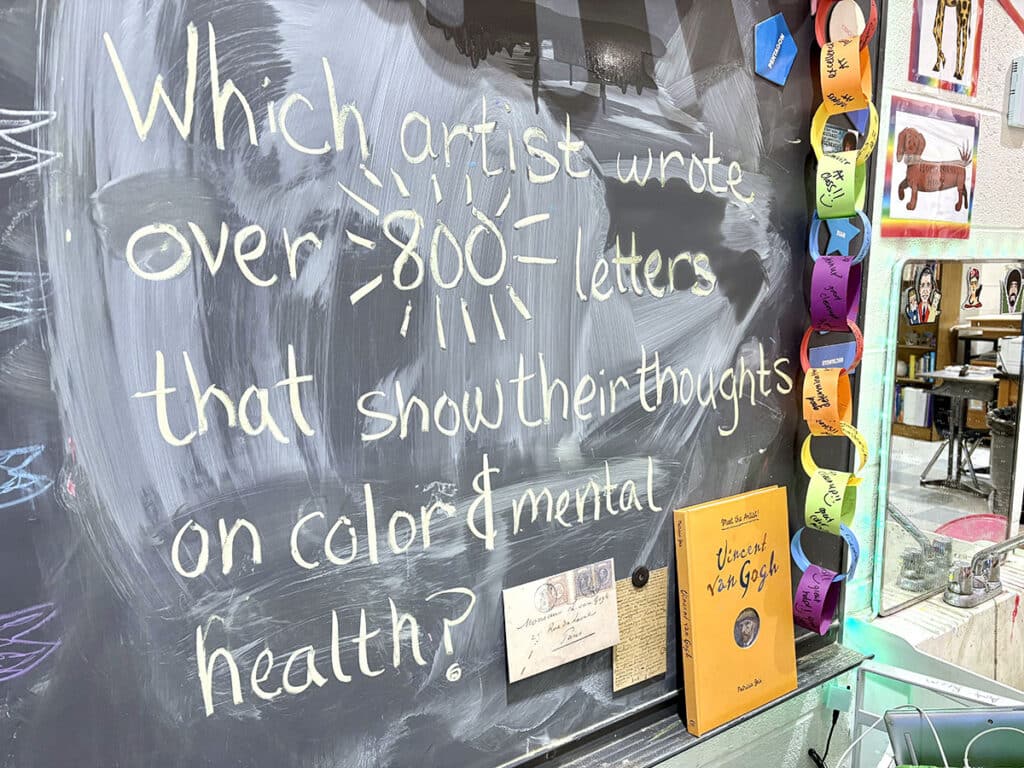
No buy-in? No problem!
If getting full-school participation in Youth Art Month Trivia feels like a challenge, don’t worry! You can still make art trivia a success. Run the trivia game in your art room with your students. Start class with a quick trivia question and let your students work together to find the answer. This approach keeps the activity contained while still building excitement.
You can also take the game online to involve families and the wider community. Post weekly trivia questions on your school’s or art program’s social media pages. Encourage students and parents to work together to answer the questions and leave their responses in the comments.
Make schoolwide implementation simple with a link.
Teachers are busy, so simplify the trivia process for all. Create a link to a slideshow with art trivia questions. Participating teachers can copy and paste the questions into their weekly slides or use yours, eliminating extra prep work. Include a link to an online form for teachers to submit their class’ responses. This keeps everything in one place and ensures answers stay organized for you!

Keep trivia fresh and exciting with a variety of question types.
Offer different kinds of questions to ignite interest in new ways. From visual challenges to inquiry-based prompts, a mix of questions will ensure trivia feels fun and dynamic every time.
Get inspired with these three creative approaches to trivia:
- Reveal a Painting
Build close observation skills and encourage students to think critically about how small details fit into a bigger picture. Choose a famous artwork and cover it with several squares or rectangles to mask the painting. Each minute, reveal a new section of the painting by deleting a square. As you reveal the painting, students will guess what it is.
- Standards-Based Questions
Reinforce learning by reviewing key concepts from your curriculum. Ask questions about color theory, perspective drawing terminology, or printmaking tools.
- Inquiry-Based Questions
Encourage research and critical thinking with questions that prompt students to explore art history. For example, Which Mexican artist turned a traumatic bus accident into inspiration for vivid, emotional self-portraits that explored her pain and identity? (Answer: Frida Kahlo.)

Expand your trivia repertoire with these additional resources:
Build excitement with rewards and a final celebration.
Celebrate the winning class each week with an administration-approved award! Include the participating teacher in the award or give them a small gift to show your appreciation for their support of Youth Art Month and the arts.
Here are some fun award ideas:
- Present a “Golden Paintbrush” award. Display it prominently to encourage friendly competition.
- Host an Art pARTy with an open studio for students to explore special materials.
- Allow students to have a “Dress Down Day.” This is particularly incentivizing if you are at a school that requires uniforms.
- Distribute school-appropriate art-themed vinyl stickers.
- Invite students to eat lunch in your art room and share a few art-themed treats.

Trivia is much more than entertainment! It can spark curiosity, build teamwork, and bring energy to learning about the arts. This Youth Art Month, make trivia the centerpiece of your celebration and art the talk of your school. Get administrator support, make it easy for all teachers to participate, and provide incentives for colleagues and students to set your initiative up for ultimate success. If you want to elevate your art program in just a few minutes each day, grab your golden paintbrush and let the games begin!
What words of wisdom can you share about hosting a schoolwide initiative?
Tell us your favorite types of art trivia questions!
To chat about Youth Art Month with other art teachers, join us in The Art of Ed Community!
Magazine articles and podcasts are opinions of professional education contributors and do not necessarily represent the position of the Art of Education University (AOEU) or its academic offerings. Contributors use terms in the way they are most often talked about in the scope of their educational experiences.




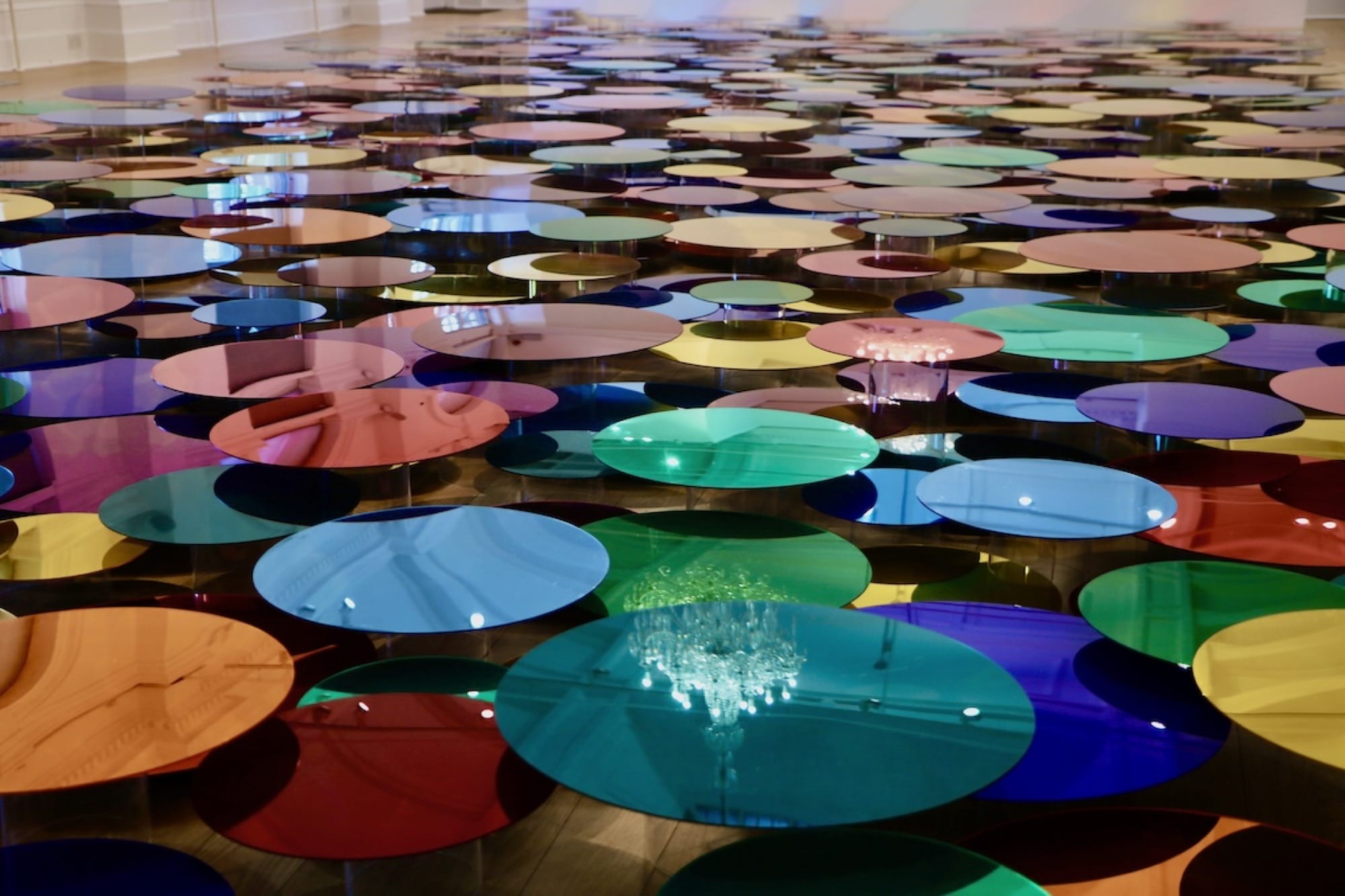
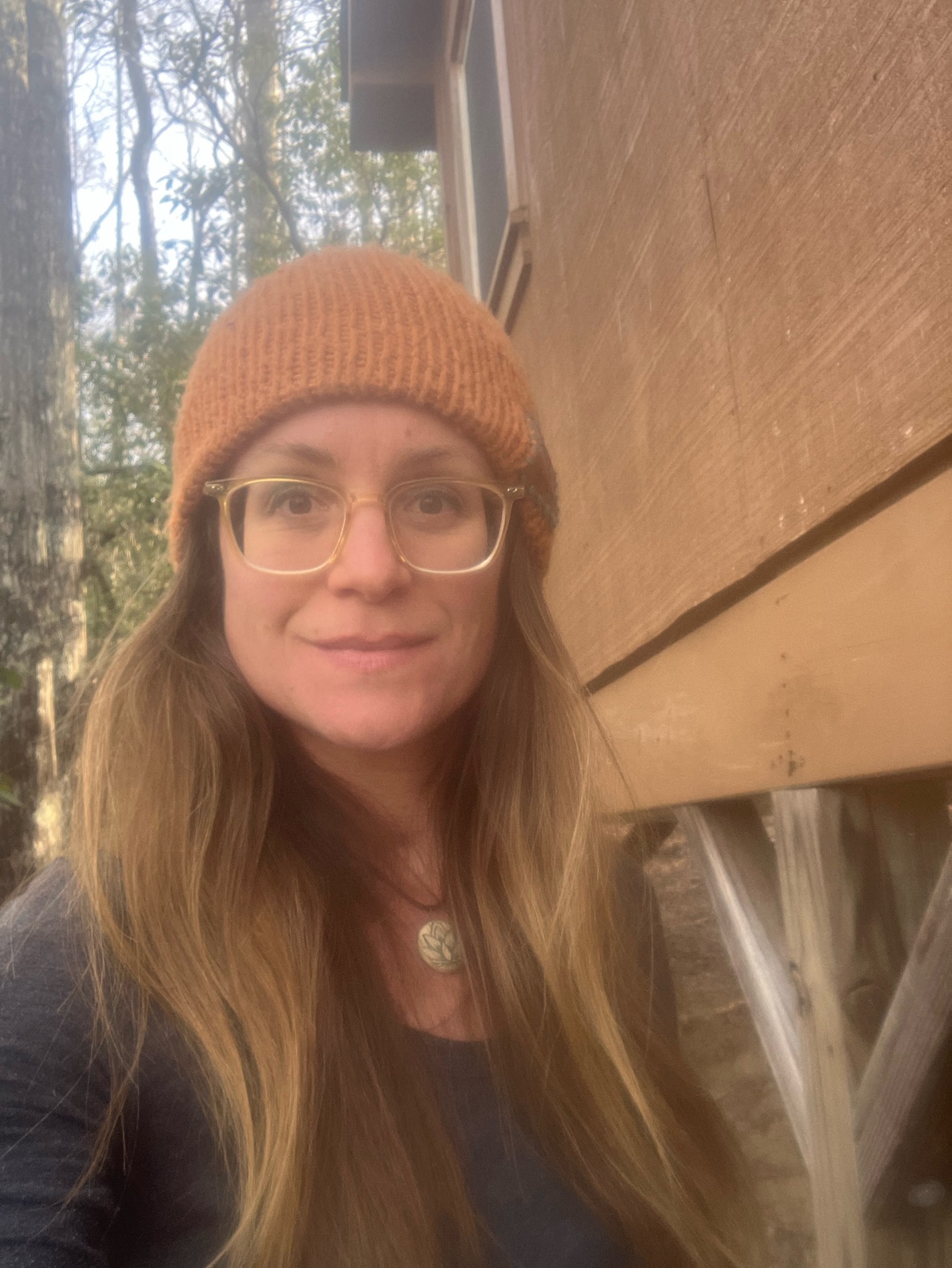













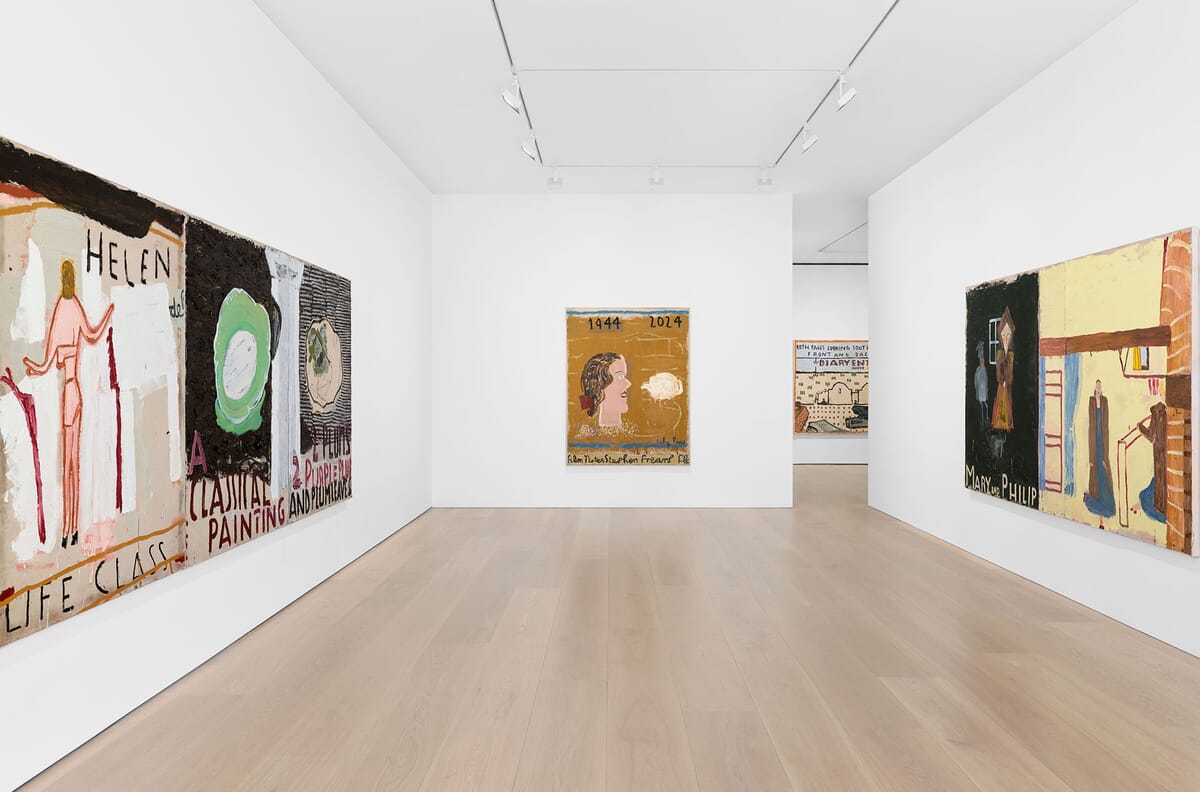




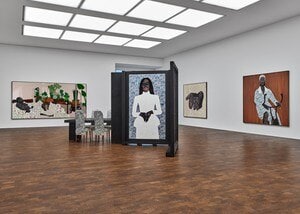

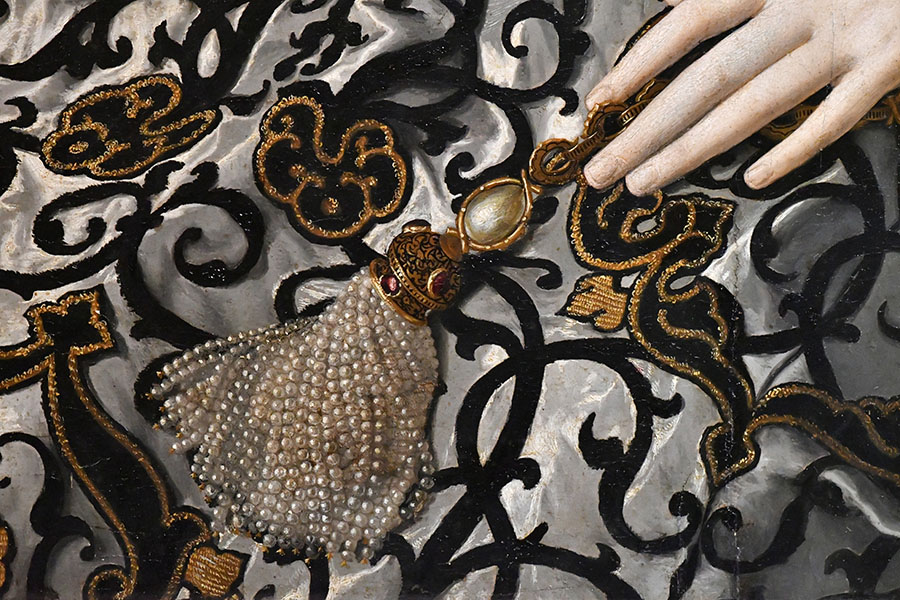






























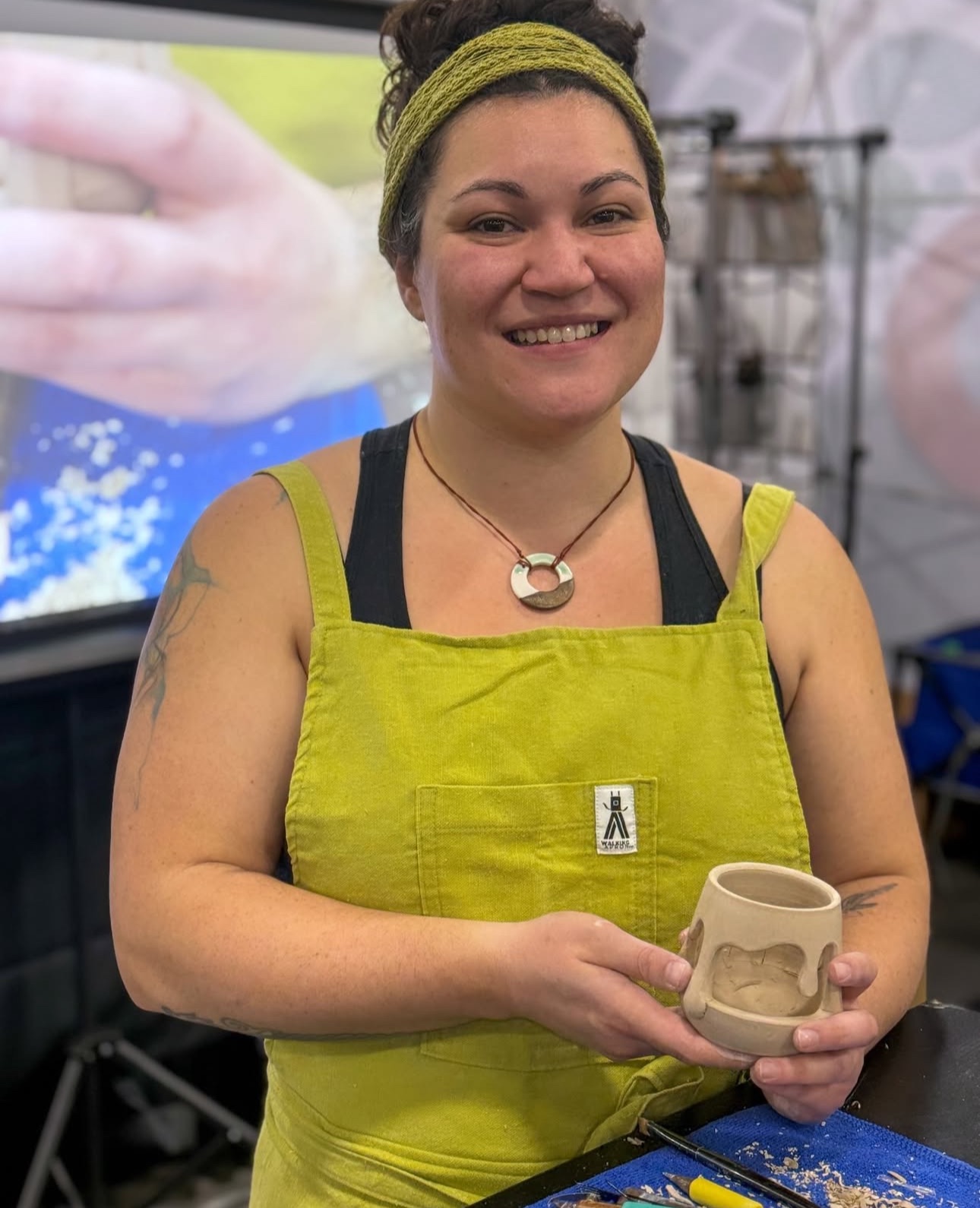









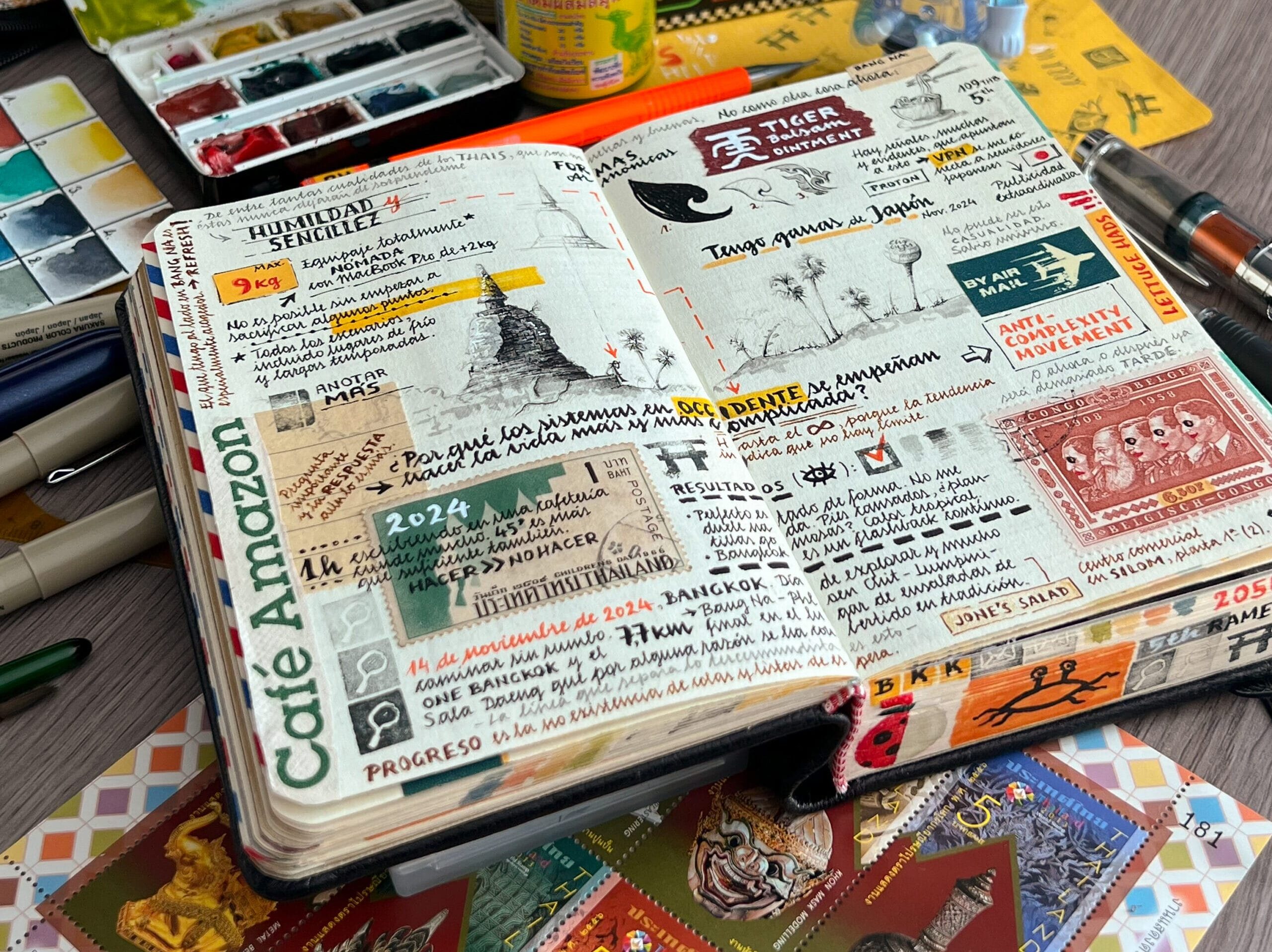










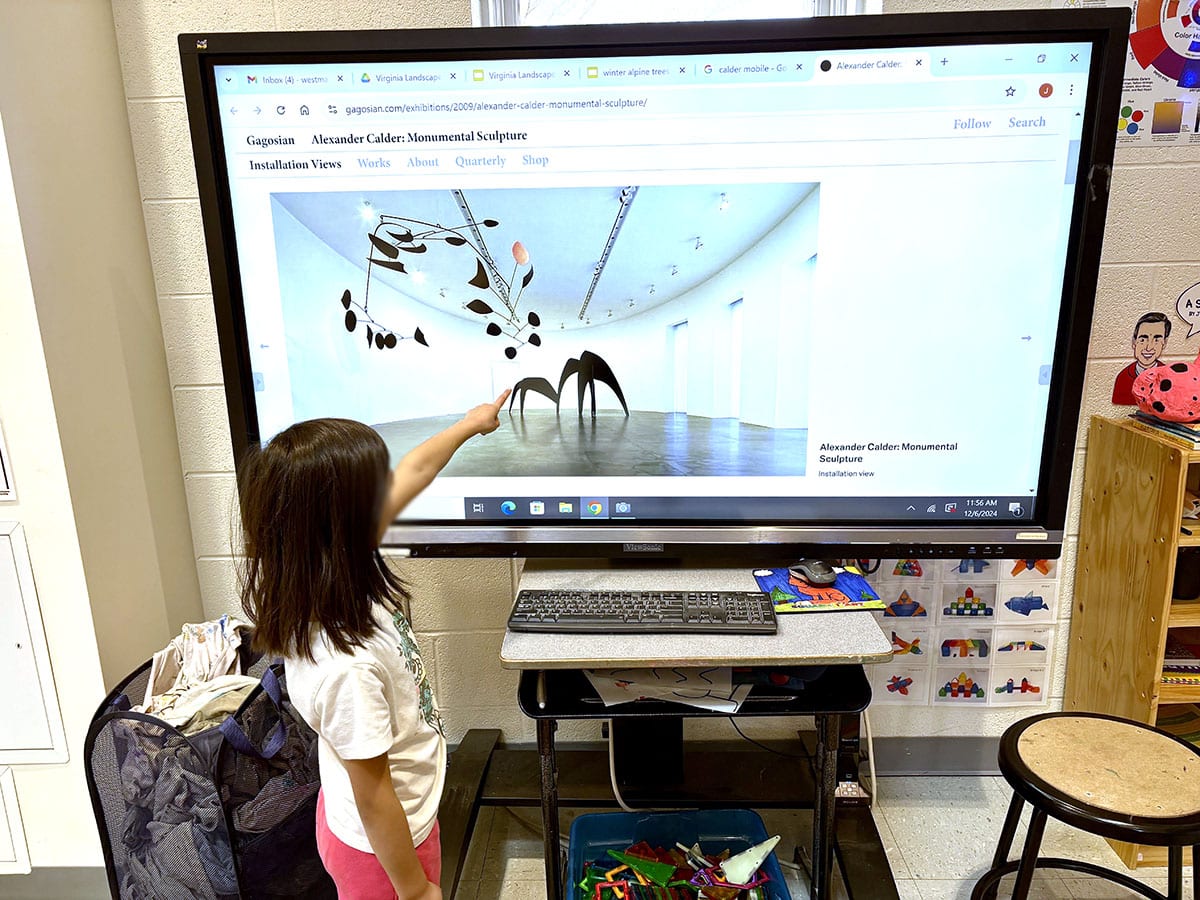





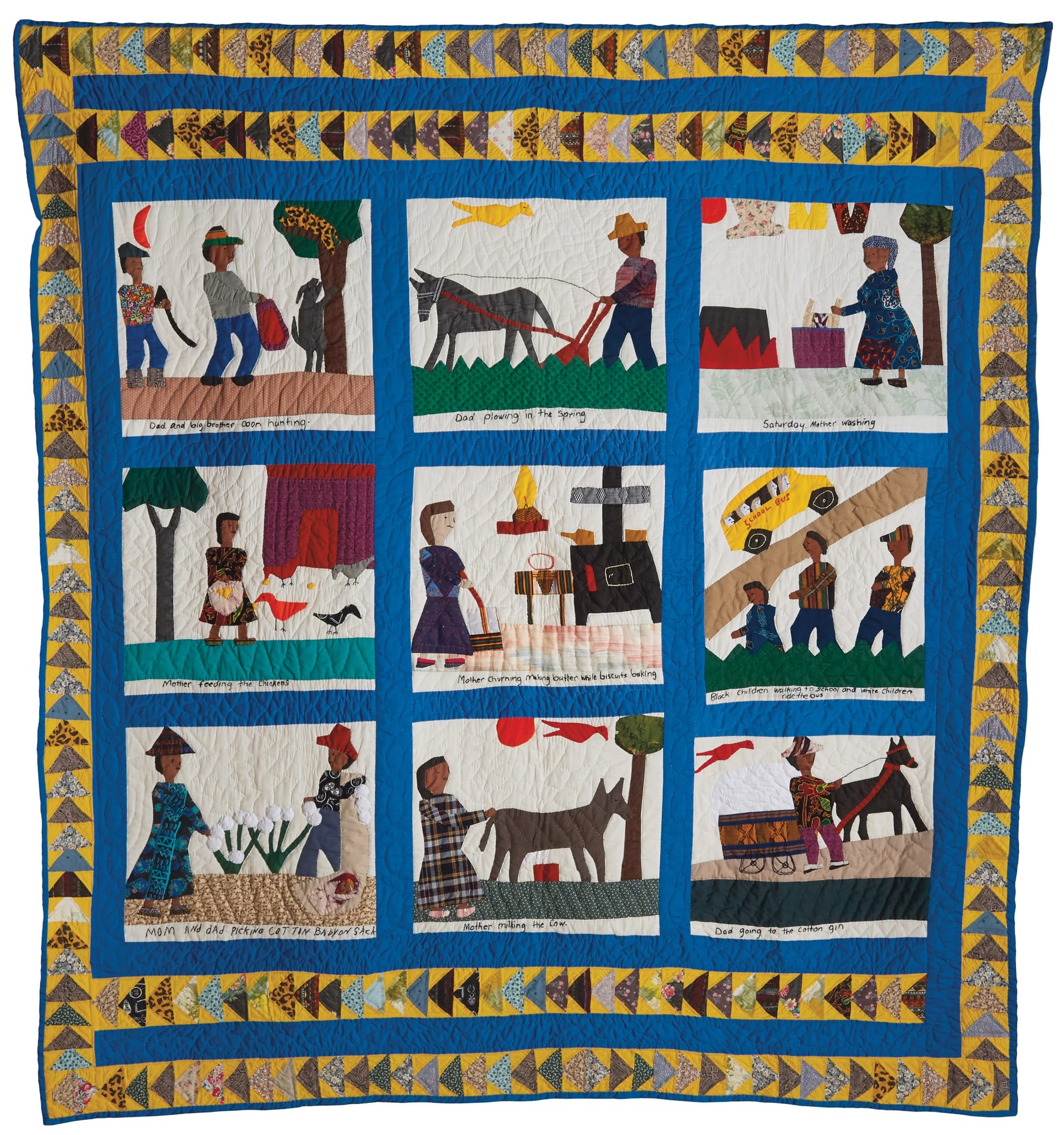










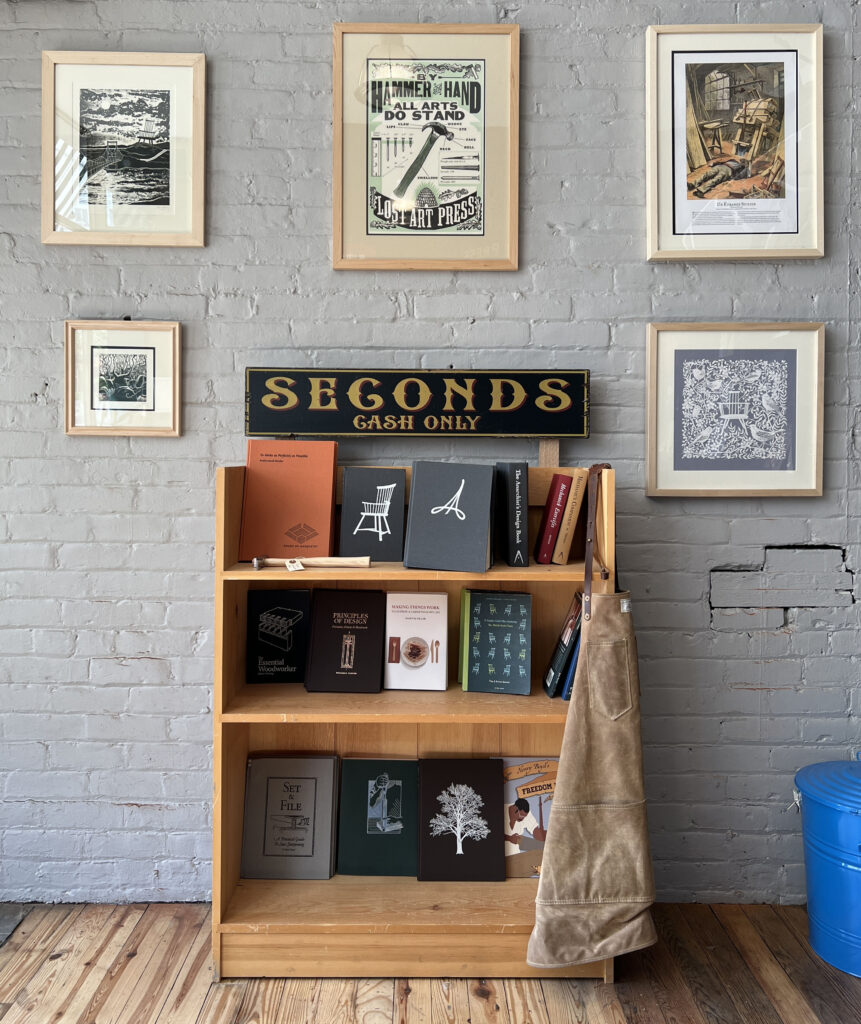

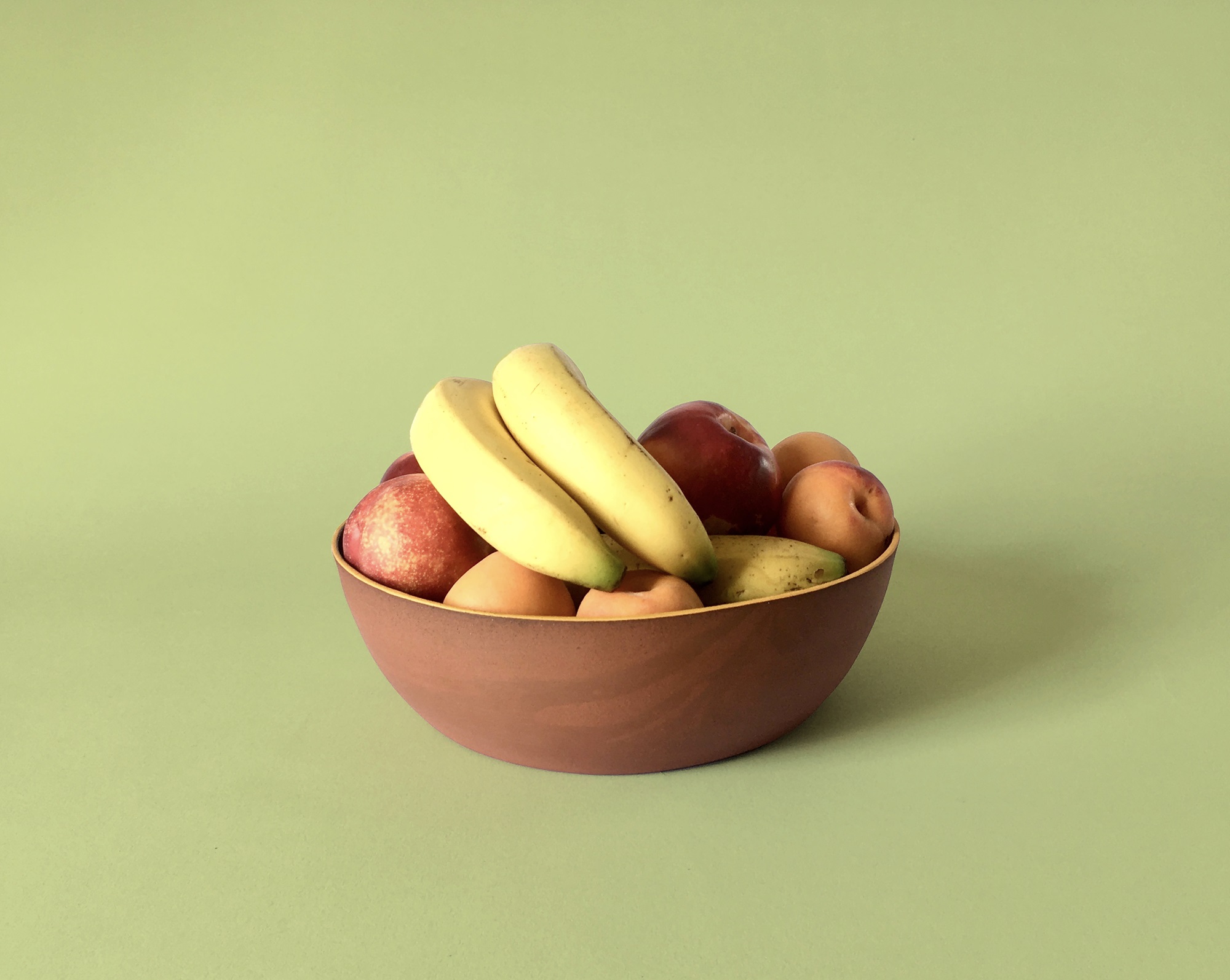



 The preferred printing supplier for potters everywhere!
The preferred printing supplier for potters everywhere! 







